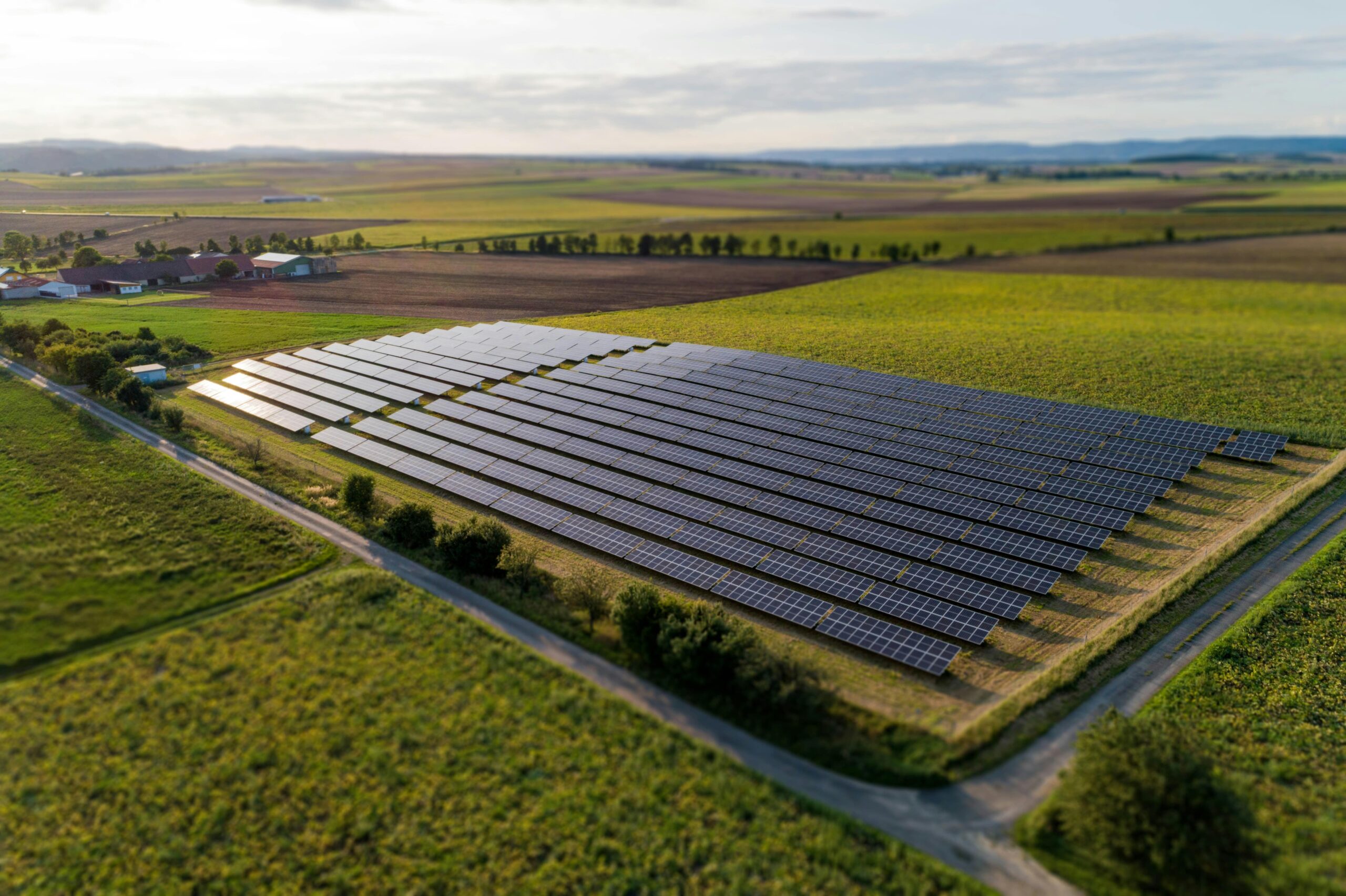UK Solar Power Surges with Record-Breaking Output in Early 2025
Solar farms and rooftop installations across the UK generated 42% more electricity from January to May 2025 compared to the same period in 2024, according to new data from Carbon Brief. This surge in solar output coincided with the UK’s sunniest spring since records began in 1910, as reported by the Met Office.
Figures from the National Energy System Operator show that solar power produced 7.6 terawatt-hours (TWh) of electricity in the first five months of 2025, up from 5.41 TWh during the same time last year. That’s not only a significant year-on-year increase, but also a 260% rise over the past decade. Simon Evans, the senior policy editor at Carbon Brief, believes that solar power is growing at a faster rate than many people realise. Evans highlights the benefits, including that it’s cheap, quick to install, and every unit generated at home displaces two units of imported gas.
Earlier last month, UK solar achieved a new record by generating 13.2 GW in just 30 minutes – enough energy to supply 40% of the nation’s electricity demand at the moment. For the first time, solar contributed over 10% of the UK’s electricity generation for two consecutive months, reaching 11.6% in May, only the fourth time the 10% threshold has been surpassed.
So far in 2025, solar output has helped the UK avoid approximately $814 million in gas imports, preventing an estimated 6.61 million tonnes of carbon dioxide emissions.
While the exceptional sunshine played a role, the growth in solar capacity also contributed to the record performance. The UK aims to reach at least 45 GW of solar capacity by 2030 as part of its broader strategy to decarbonise the energy sector and become a global leader in clean energy.
In March, solar installations generated an average of 2,320 megawatts (MW), a 66% increase over 2024. April followed closely with a 53% rise in generation. May led the way with a monthly high of 2.5 TWh, while April delivered 2.3 TWh.
Between March 1st and May 31st, the UK recorded 653 hours of sunshine, which is 43% above the 1961–1990 average. The trend of increasing sunshine has been notable since the 1980s, with spring months in the past decade averaging 15% more sunshine than previous decades. This spring not only broke records but was also the fourth-sunniest season ever, trailing only three previous summers.
After years of stalled growth, UK solar capacity reached 20.2 GW by the end of 2024. With falling costs and supportive policies, the economic and energy security benefits of solar have grown significantly. Around 3 GW of new solar capacity has been approved for large-scale projects, such as the Heckington Fen and Gate Burton farms, each expected to produce 500 MW.
Jess Ralston, analyst at the Energy and Climate Intelligence Unit, explains that each solar panel installed contributed towards reducing our dependence on imported gas. Ralston highlights that solar energy boosts our energy independence and helps stabilise energy bills.
For the latest Photovoltaic Jobs, PV Jobs, Solar Energy Jobs, Solar Energy Engineering Jobs, Solar Farm Jobs, Solar Installer Jobs, Solar Jobs and Solar Panel Installation Jobs in the United Kingdom please visit – GreenJobs
For the latest Photovoltaic Jobs, PV Jobs, Solar Energy Jobs, Solar Energy Engineering Jobs, Solar Farm Jobs, Solar Installer Jobs, Solar Jobs and Solar Panel Installation Jobs in Ireland please visit – GreenJobs (Ireland)
LOOKING TO HIRE TALENTED SOLAR ENERGY PROFESSIONALS?
We Can Help You To Find The Right Candidate & Save You Money. For more information please contact us at – info@greenjobs.co.uk – quoting the following promotional code – GREENFUTURE0906


